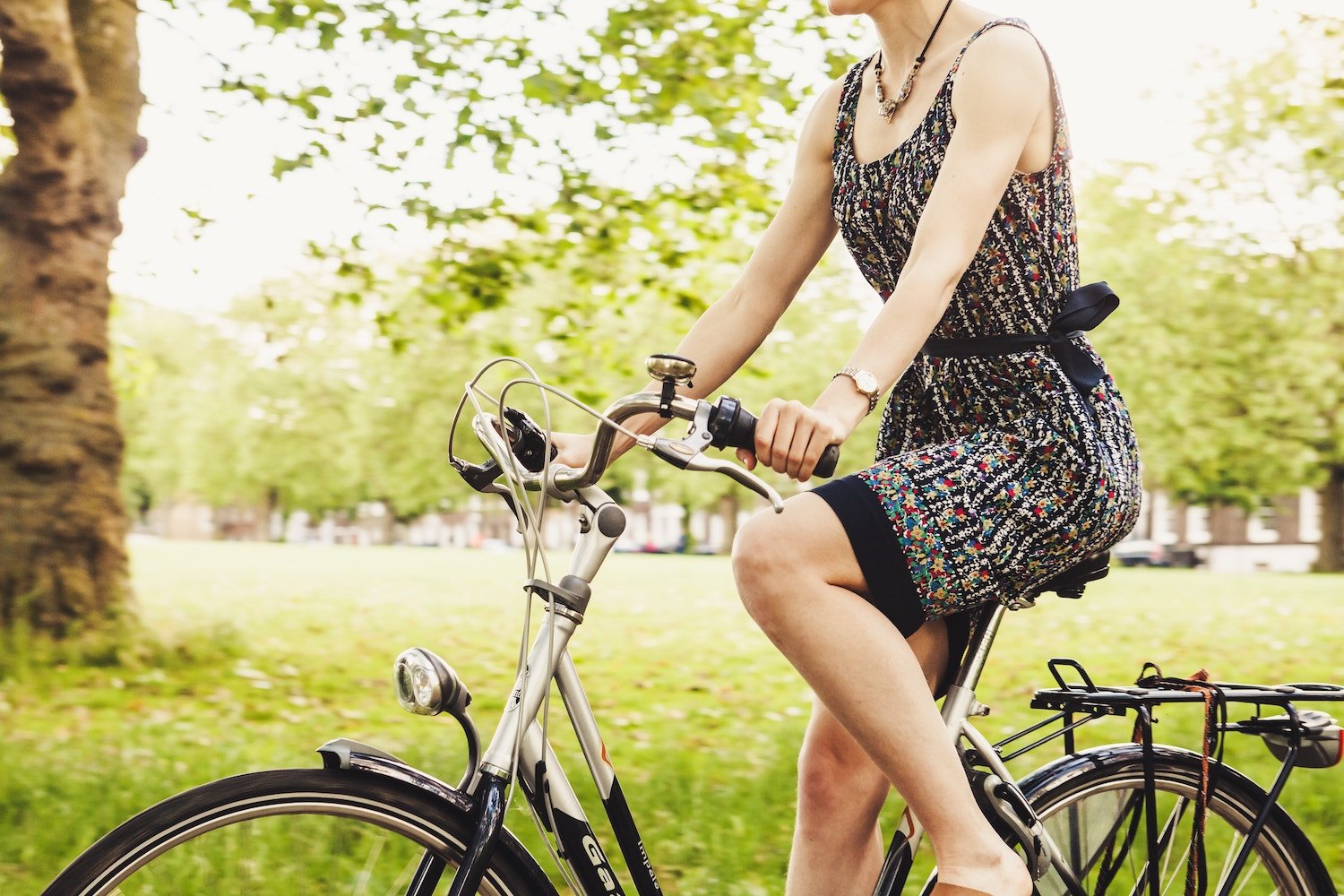How to Use Hand Signals When Cycling

If you enjoy riding a bike on public roads, learning the correct hand signals is crucial for your safety. Communicating your intentions through hand signals is also required by state laws. Stopping and turning (in either direction) must be indicated with the proper hand signal so that drivers and pedestrians around you know what you’re about to do and how to react.
Making the Correct Hand Signal
Stopping:
When you are stopping at a stop sign, a stoplight, or yielding for a pedestrian, let drivers behind you know by putting your left arm out and pointing downward with an open hand, palm facing backward.
Right turns:
Point your right arm straight out in the direction you are turning. You can also indicate a right-hand turn with your left hand by raising your left arm, bending it at the elbow and keeping your hand open, palm facing forward.
Left turns:
Indicating a left turn is done by extending the left arm straight out to your left side and pointing in the direction you are turning.
Always make your hand signals in advance of the maneuver, so other drivers have enough time to see your signal and respond.
Other Safety Tips for Riding a Bike
Besides using hand signals correctly, it’s also important to follow other safety rules and traffic regulations when cycling. While the following safety tips apply everywhere, it’s also a good idea to check for any specific regulations in the state you live in.
Always ride in the same lane as car traffic or pedestrians, and never in the opposite direction facing oncoming vehicles or flow of foot traffic.
Use bike lanes when they are available. Use the center of the regular lane if you are moving at the same speed as cars. Otherwise, keep to the right edge of the road if it is safe to do so.
Be especially careful when making turns. Move to the left or right side of your lane, depending on which way you are going to turn. Use hand signals to let others know what you are doing, and be cautious of drivers and pedestrians moving between you and the curb when you are turning to the right.
In most places, it is not legal to ride a bike on the sidewalk. If you must use a sidewalk, walk your bike.
Be cautious and look for vehicles when driving past driveways, parking lot entrances and exits, and intersections. Make eye contact with drivers and pedestrians when your paths are intersecting to be sure they see you.
When riding past parked cars, stay approximately three to four feet away from the vehicles to avoid being hit by someone opening their door.
Avoid wearing headphones that muffle traffic noises.
Maintaining focus on the road and obeying bike laws is the safest way of traveling on a bike.






